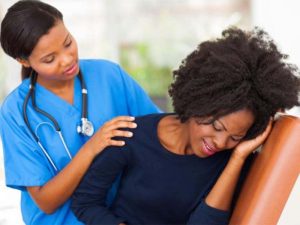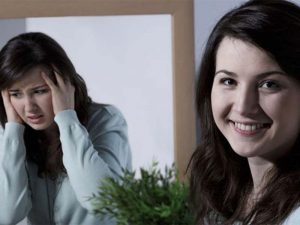Lower back pain is a common condition that many people are dealing with in the world today. Having this condition may be stressful since it can deter an individual from managing his/her daily activities. Have you been wondering about what might be causing these pains? Here are the causes of lower back pain you need to know.
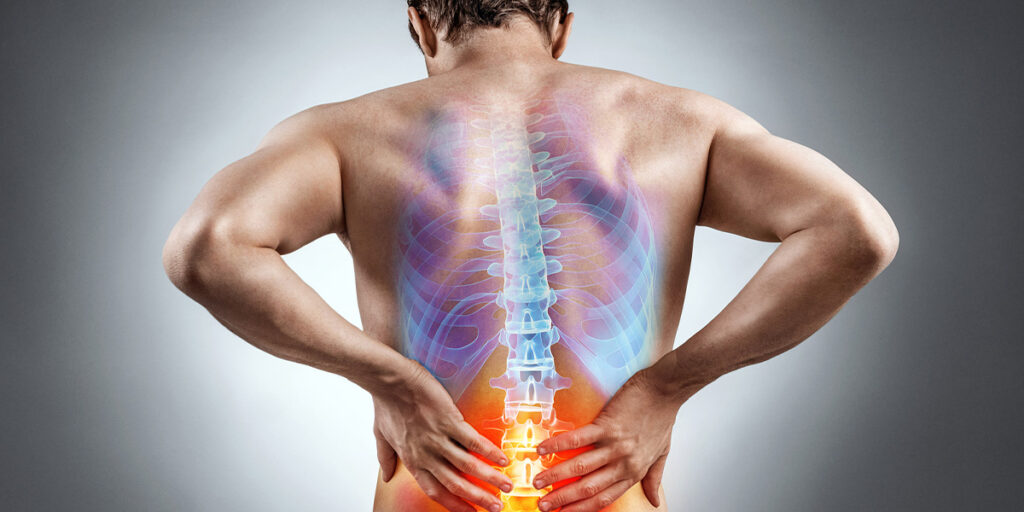
READ ALSO: Symptoms and causes of nightmares
Causes of lower back pain differ from an individual to another. Some individuals experience acute pain, which lasts for a few weeks, while others have chronic pain that exceeds three months. Surprisingly, you can get rid of acute pain by observing some remedies.
10 causes of lower back pain
This condition can affect both teens, middle, and aged people. The major causes of lower back pain include;
1. Bulging or rupturing of discs
The spine is made of vertebra that are cushioned by discs. These discs contain soft materials that can bulge and press nerves leading to lower back pain.
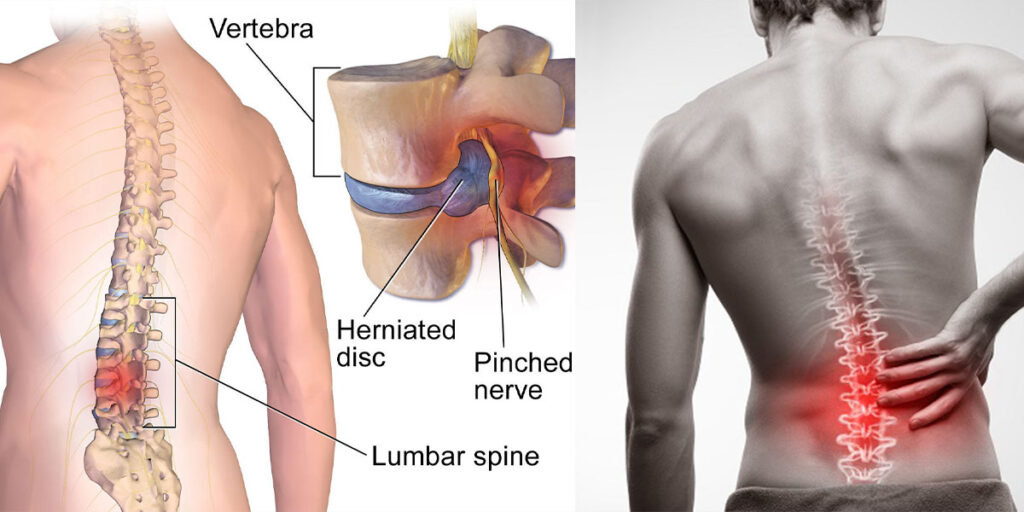
Bulging or rupturing of discs may cause little or extreme pain to some individuals. Besides, people with spine X-rays are likely to suffer from disc diseases, which cause lower back pains.
2. Spinal stenosis causes lower back pain
Spinal stenosis is one of the causes of lower back pain that are common in people above 60 years. This condition makes the spinal canal narrow, adding pressure to the spine and nerves hence causing lower back pain. Furthermore, the pressure caused may make a person feel numb and weak when standing or walking.
3. Sciatica condition leads to lower back pain
This condition occurs when the herniated disc presses the sciatic nerve that connects the spine to the legs. For this reason, burning and needle-like pain are caused in the legs and feet. People with this condition may experience more pain in the legs than in the back.
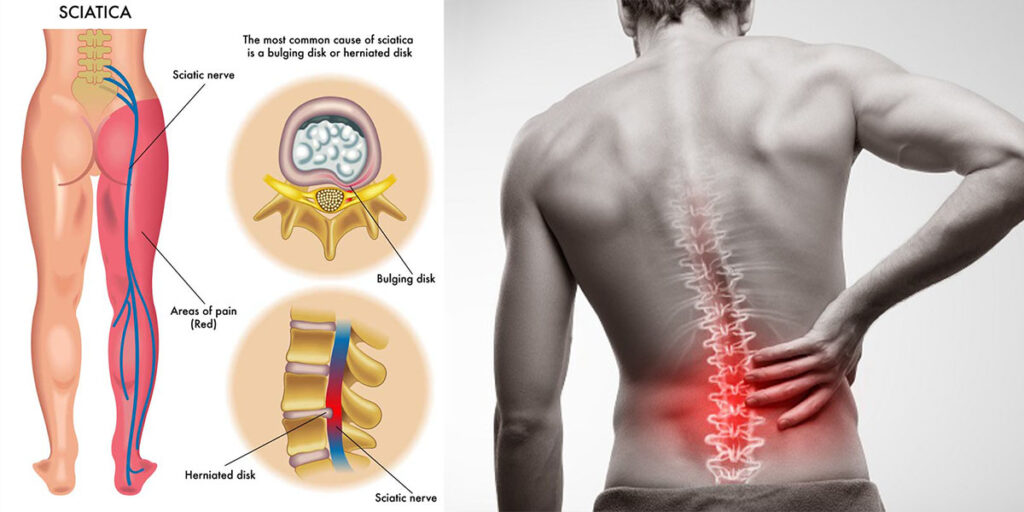
Some people recover after a few months, while others take much longer. Doing regular exercises may help you improve quickly from sciatica condition.
4. Spondylosis disorder
This disorder is among the causes of lower back pain that interferes with the structure of the spinal cord and its functions. During the ageing process, the ligaments, bones, and discs in the spine become weak, causing pain in the lower back to some people.
Also, spondylosis involves the thinning of the spine and the narrowing of the spaces between vertebrae that is common in aged people. You can reduce this disorder by maintaining strong pelvic and strong muscles by exercising regularly.
5. Lack of exercises
Persons who do not exercise may have stiff spines and weak muscles that cause lower back pain. Additionally, people who exercise regularly experience less back pains than those who do not. Therefore, it is advisable to do regular exercises to maintain healthy bones and muscles.
6. Muscle strains
An accident or a severe physical injury can cause lower back pain. Also, overworking may lead to stretching of the body muscles and ligaments, causing back pain.
Excessive activity may lead to stiffness and muscle spasms that cause lower back pain. Manage muscle strains by having enough rest and doing some physical therapy such as massage.
7. Abnormal spinal curvatures
Conditions such as lordosis, scoliosis, and kyphosis cause abnormalities to the spine, especially to middle and aged people. The conditions exert pressure on the muscles, ligaments, vertebrae, and tendons, causing lower back pain.
8. Cancer of the spinal cord
When an individual develops spine cancer, he/she is likely to have lower back pains. The spinal tumour presses the spinal nerves thus causing back pain.
9. Fibromyalgia condition
This condition is among the causes of lower back pain. Fibromyalgia causes pain in the muscles, joints, and tendons for a long period that result in lower back pain.
10. Kidney and bladder problems
People suffering from kidney and bladder infections are likely to experience lower back pains. Besides, those with pelvic inflammatory infections and kidney stones experience back pain often.
READ ALSO: 12 health benefits of lemon water you should know
Some causes of lower back pain are manageable. Moreover, doing regular exercises may help control the development of back pain. Seek medical attention if the pain persist.
READ ALSO:
I am an actress at Ndizi Tv and fun fair writer at Kenyan Moves News and Media Website.



